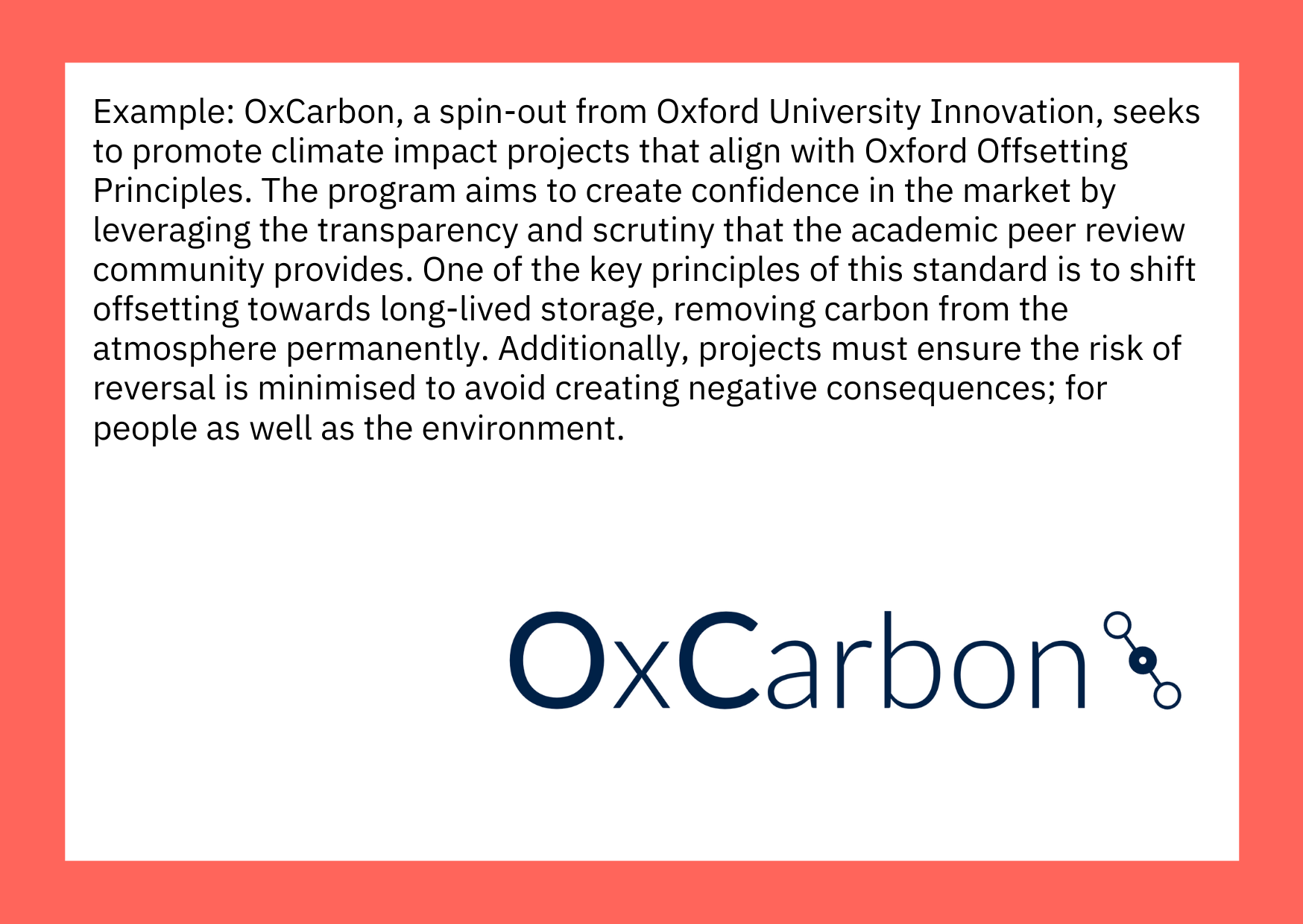Kita Considers: Emerging carbon standards focused on nature-based solutions
This blog, by Kita Carbon Analyst, Renuka Shenoy, highlights the indispensable role played by carbon standards. They provide frameworks and guidelines on measuring, reporting, and completing validation and verification for activities that occur in a project. They are pivotal in fostering integrity, transparency, credibility, and accountability. Carbon credits from nature-based solutions (NbS) account for the largest volume of credits in the VCM and there are a number of emerging standards in this sector.
Read on to learn more about different NbS projects, the metrics that we assess when considering insurance for carbon standards and some of the new and emerging carbon standards that are focused on the NbS sector.
Growing concern about climate change continues to generate interest and engagement in the voluntary carbon markets (VCM). There is widespread recognition that alongside emission reduction, it is essential that we simultaneously remove CO2 from the atmosphere, in order to make headway towards meeting the Paris Agreement targets. The demand for carbon credits is increasing rapidly, with more and more companies joining the race to net zero. The VCM is already growing at record pace; it is anticipated that by 2030 the value of the VCM could be between $10bn to $40bn. Of the various types of credits available, nature-based solutions (NbS) account for the largest volume of credits. 2023 saw over 511 million credits issued across all types and regions, over half of these credits were NbS. NbS projects can be classified as avoidance or removal activities and mostly include Afforestation, Reforestation and Revegetation (ARR), Reducing Emissions from Deforestation and Forest Degradation (REDD+), and Improved Forest Management (IFM).
However, NbS projects, particularly avoidance projects like REDD+, are facing increased criticism over aspects such as lack of additionality and transparency and over crediting. This criticism leads to overall scepticism within the wider carbon markets, as well as decreased confidence for project investors and carbon credit buyers. As a result, there has been increased focus on voluntary carbon standards. These carbon standards play an indispensable role, by providing frameworks and guidelines on measuring, reporting, and completing validation and verification for activities that occurred in a project. They are pivotal in fostering integrity, transparency, credibility, and accountability.
The largest carbon standard bodies in the VCM for NbS projects are Verra, Gold Standard, American Carbon Registry and Climate Action Reserve. However, there is a growing list of emerging standards undergoing assessment and looking to be approved/accredited by organisations such as The International Carbon Reduction and Offsetting Accreditation (ICROA), the leading industry Accreditation Programme, and ICVCM’s Core Carbon Principles (CCPs), a benchmark for high-integrity carbon credits. These new programmes are taking innovative approaches to solving concerns in the market, all whilst learning and gaining insights from existing bodies.
At Kita, we believe in the role of insurance in de-risking the VCM, leading to much needed scaling up of high-integrity carbon projects. As a result, we remain open to the possibility of insuring emerging carbon standards, provided they align with our required standards and metrics. In evaluating emerging NbS standards, we focus on several essential metrics, some of which are outlined below:
A Robust Methodology – A well-defined and scientifically sound methodology for measuring and verifying emissions reductions and/or removals establishes a framework for assessing co-benefits, such as biodiversity conservation and community engagement. The methodology needs to be transparent and consistent in enabling comparability across different projects and locations.
Consideration of additionality – Ensuring that the emissions reductions claimed are additional to what would have occurred in a business-as-usual scenario. This guarantees that projects or activities supported by the standard are genuinely contributing to emission reductions beyond what would have naturally happened. Establishing a robust baseline is essential, serving as a reference point to measure the project’s actual impact.
Consideration of permanence and leakage – Addressing the issue of permanence, ensuring that the emissions reductions and/or removals achieved are durable over the long term. This involves strategies to mitigate the risk of reversal or unintended consequence. Similarly, leakage refers to the unintended displacement of emissions from one area to another as a result of climate mitigation efforts. Standards must ensure rigorous methodologies to identify and address potential leakage risks associated with carbon offset projects.
Buffer Pool Contribution - Acting as a safeguard, helping to address uncertainties and potential risks associated with the measurement and verification of emissions. Buffers are a risk management tool that provide a financial backstop to enhance the accuracy and reliability of carbon accounting. Buffer pools are currently the default tool for addressing reversal risk.
Validation, Verification and Monitoring – Third-party validation, stringent monitoring and verification processes are crucial for the credibility of a carbon standard. This enhances credibility of the project by way of an external and impartial review, involving regular assessments to confirm that the emission reductions and/or removals claimed by projects are accurate and adhere to the standard's guidelines.
Social and Environmental Co-Benefits – Considering and promoting social and environmental co-benefits. This includes assessing the impact of projects on local communities, biodiversity, and other ecosystem services. Many NbS initiatives focus specifically on restoring or conserving natural ecosystems, contributing to biodiversity conservation and other added benefits.
Stakeholder Engagement – Inclusivity and engagement with stakeholders, including indigenous peoples, local communities, NGOs, and industry experts. A transparent and consultative approach helps address concerns and ensures broader acceptance.
Clear & Transparent Governance – Transparent governance structures and clear rules for decision-making. This includes mechanisms for addressing disputes and ensuring accountability.
Global Applicability – Applicable across diverse regions and sectors. It considers the global nature of climate change and provides a framework that can be effectively implemented in different contexts.
Estimates indicate that Nature-based Solutions (NbS) can contribute 37% of the necessary mitigation by 2030 to meet the Paris Agreement targets. These projects are crucial, simultaneously addressing various issues such as enhancing landscape and community resilience, managing disaster risks, and tackling biodiversity and land degradation in a cost-effective manner. Recognition of diverse ecosystems—from forests and wetlands to grasslands and mangroves—as vital carbon sinks underscore the interconnectedness of our natural resources. The evolving carbon standards focused on nature-based projects reflect a growing acknowledgment of the ecosystems' pivotal role in mitigating climate change. This paradigm shift towards a holistic and integrated approach is evident in the innovative strategies, prioritising not just carbon sequestration but also biodiversity conservation and sustainable development.





